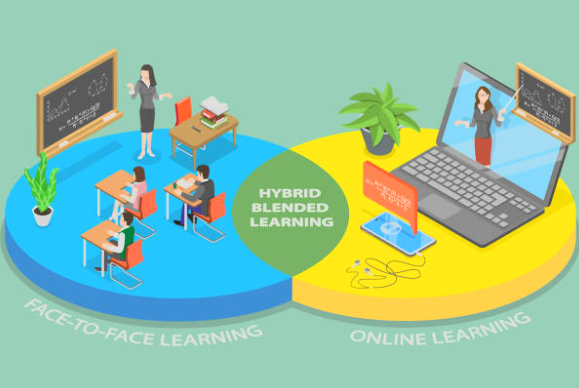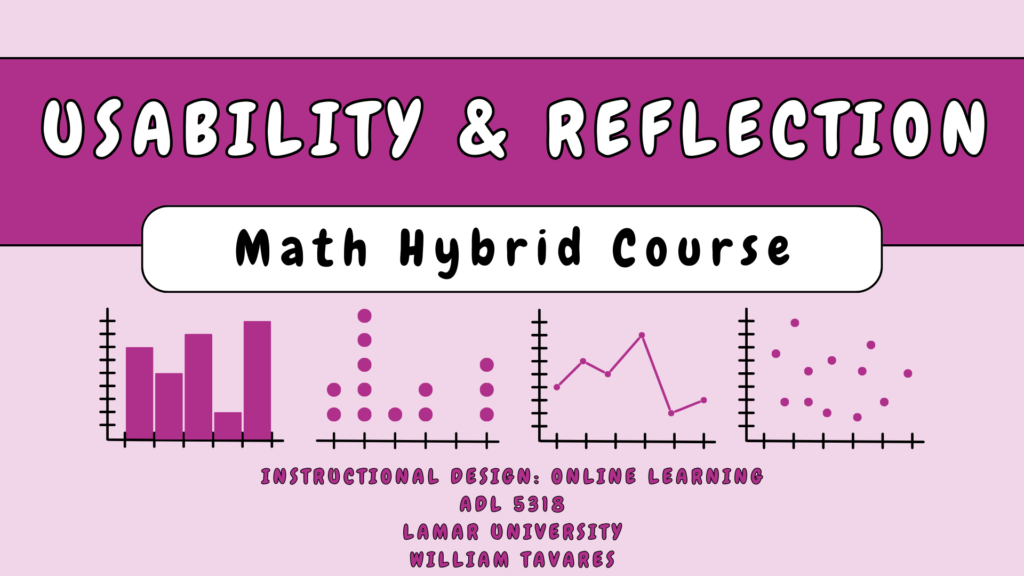Instructional Design in Online Learning
Introducing a comprehensive overview of our Math Hybrid course designed specifically for third-grade students, this compilation post delves into the intricacies of its instructional design, implementation, usability, and reflection. With a focus on fostering a deep understanding of addition and subtraction, we employ a blended learning approach that seamlessly integrates face-to-face interactions with online components. Our instructional design emphasizes a structured progression from foundational concepts to real-world applications, all while nurturing a supportive and inclusive learning environment. Through meticulous organization into five modules, each building upon the last, students are guided through a journey of discovery and mastery. Furthermore, our usability testing process has provided invaluable insights into enhancing the course’s effectiveness and accessibility, laying the foundation for continuous improvement and optimization. Join us as we explore the design, implementation, and ongoing refinement of this innovative Math Hybrid course.
Instructional Design

In this blog post, we introduce a new Math Hybrid course designed for third-grade students, focusing on Addition and Subtraction. Through a blended learning approach, combining face-to-face and online instruction, our course aims to provide comprehensive understanding and application of mathematical concepts. Each week of the course was outlined, emphasizing the progression from foundational knowledge to real-world application. The 3-Column Table highlighted our Big Hairy Audacious Goal and detailed the learning outcomes, assessment activities, and learning activities. We emphasized the importance of integration, fostering a caring environment, and developing lifelong learning skills.
Implementation
In this Math Hybrid Course for Third Grade, we adopt a blended learning model that combines face-to-face instruction with online components, fostering flexibility and catering to diverse learning preferences. With approximately 60% of the course being face-to-face and 40% online, our blended approach allows for both synchronous and asynchronous collaboration, ensuring that learners’ needs are addressed effectively. Throughout the course, we meticulously organize content into five modules, each progressively building upon previous concepts and culminating in reflection and review activities. From reviewing second-grade concepts to tackling real-world problems, our course provides an immersive and engaging learning experience aimed at empowering students to excel in mathematics.

Usability & Reflection

The usability testing of my math hybrid course provided valuable insights into its effectiveness and the learning experience. Engaging diverse stakeholders and leveraging Microsoft Forms for feedback collection and Canvas as the LMS facilitated the process. Feedback highlighted strengths like clear objectives and module organization, with identified areas for improvement including navigation issues and instructional clarity. Future adjustments will focus on refining module layouts, and incorporating instructional videos. Proactive measures will address infrastructure and support needs to optimize accessibility and effectiveness for all participants.
